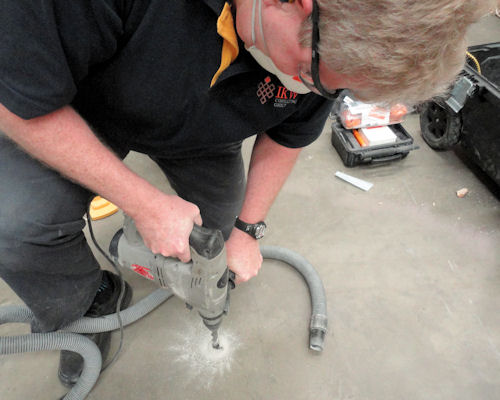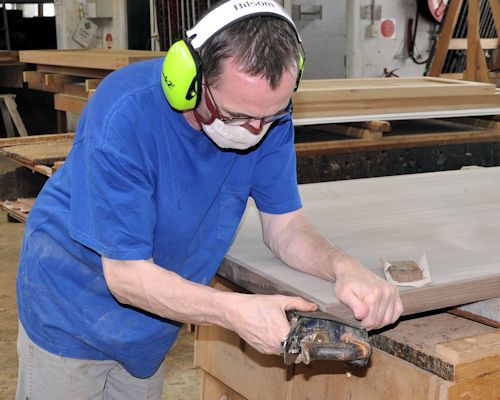Introduction
 Audio for slide 2 (mp3 |6|KB)
Audio for slide 2 (mp3 |6|KB)
We won't go into detail on how to use some of the more traditional woodworking tools, such as spoke shaves, hand planes and rasps. These techniques will be covered in other units from your cabinetmaking trade course that deal with joining and shaping solid timber furniture components. However, we will look briefly at the wide range of tools used by cabinetmakers in the first section of this unit.


Working through this unit
Audio 3 (mp3 |6|KB)There are three sections in this unit:
- Types of tools
- Power sources
- Safe operating procedures.
Each section contains an overview, an assignment, and several lessons. The links to these pages will appear in the side menu bar when you select the main link for that section.
Practical demonstrations
Your final assessment of competency in this unit will include demonstrations of your ability to safely use hand-held tools. To help you get ready for these practical assessment activities, have a look at the 'Practical demonstration checklist' by clicking on the link below:
Practical demonstration checklist
Your trainer may ask you to keep a log book of the work you do on-the-job that relates to these tasks. This will help them to see whether you have had sufficient practice in the full range of activities needed to satisfy the competency requirements, and to determine when you'll be ready to undertake the assessment events.
Select the link below to go to the first section of this unit.

 Go to Types of tools
Go to Types of tools